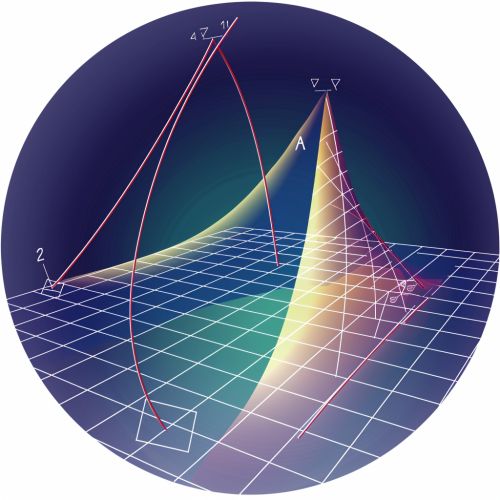Quadratic programming
Introduction
Quadratic programming (QP) is a special type of mathematical optimization problem. It is the process of finding the minimum (or maximum) of a quadratic function in several variables, subject to linear constraints. The quadratic programming problem can be formulated as follows: minimize a quadratic function subject to linear equality and inequality constraints. This problem is a generalization of the linear programming problem, which is the special case of quadratic programming in which the objective function is linear.


Mathematical Formulation
The standard form of a quadratic programming problem is:
minimize: 1/2 x^T Q x + c^T x
subject to: Ax ≤ b
where x is the vector of variables to be solved for, Q is a symmetric matrix, c is a vector of coefficients, A is a matrix of coefficients, and b is a vector of coefficients. The inequality Ax ≤ b means that each row of the matrix A times the vector x is less than or equal to the corresponding element of b.
Solution Methods
There are several methods for solving quadratic programming problems, including the simplex method, interior point methods, and sequential quadratic programming.
The simplex method is a popular method for solving linear programming problems and can be adapted to solve quadratic programming problems. The method iteratively moves along the edges of the feasible region to find the optimal solution.
Interior point methods are another class of algorithms used to solve quadratic programming problems. These methods find the optimal solution by moving through the interior of the feasible region.
Sequential quadratic programming is a method specifically designed for solving nonlinear optimization problems. It solves a series of quadratic programming subproblems, each of which optimizes a quadratic model of the objective subject to a linearization of the constraints.
Applications
Quadratic programming has a wide range of applications in various fields such as machine learning, statistics, finance, and engineering.
In machine learning, quadratic programming is used in the training of support vector machines, a type of supervised learning model used for classification and regression analysis.
In finance, quadratic programming is used in portfolio optimization to determine the optimal allocation of assets. The goal is to minimize the portfolio variance, subject to constraints on the expected return.
In engineering, quadratic programming is used in control systems for process optimization. It is also used in the design and analysis of experiments to find the optimal settings for process variables.
